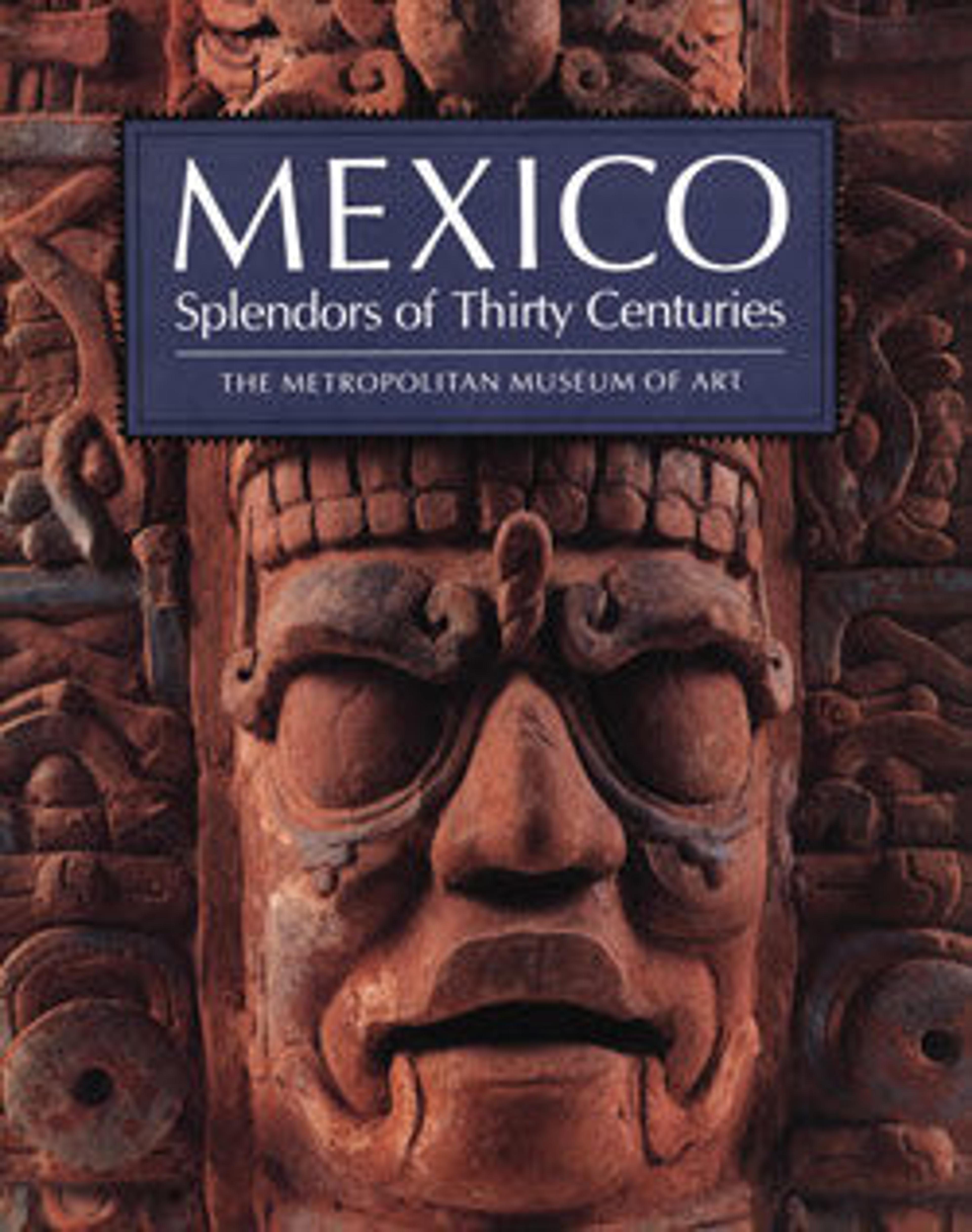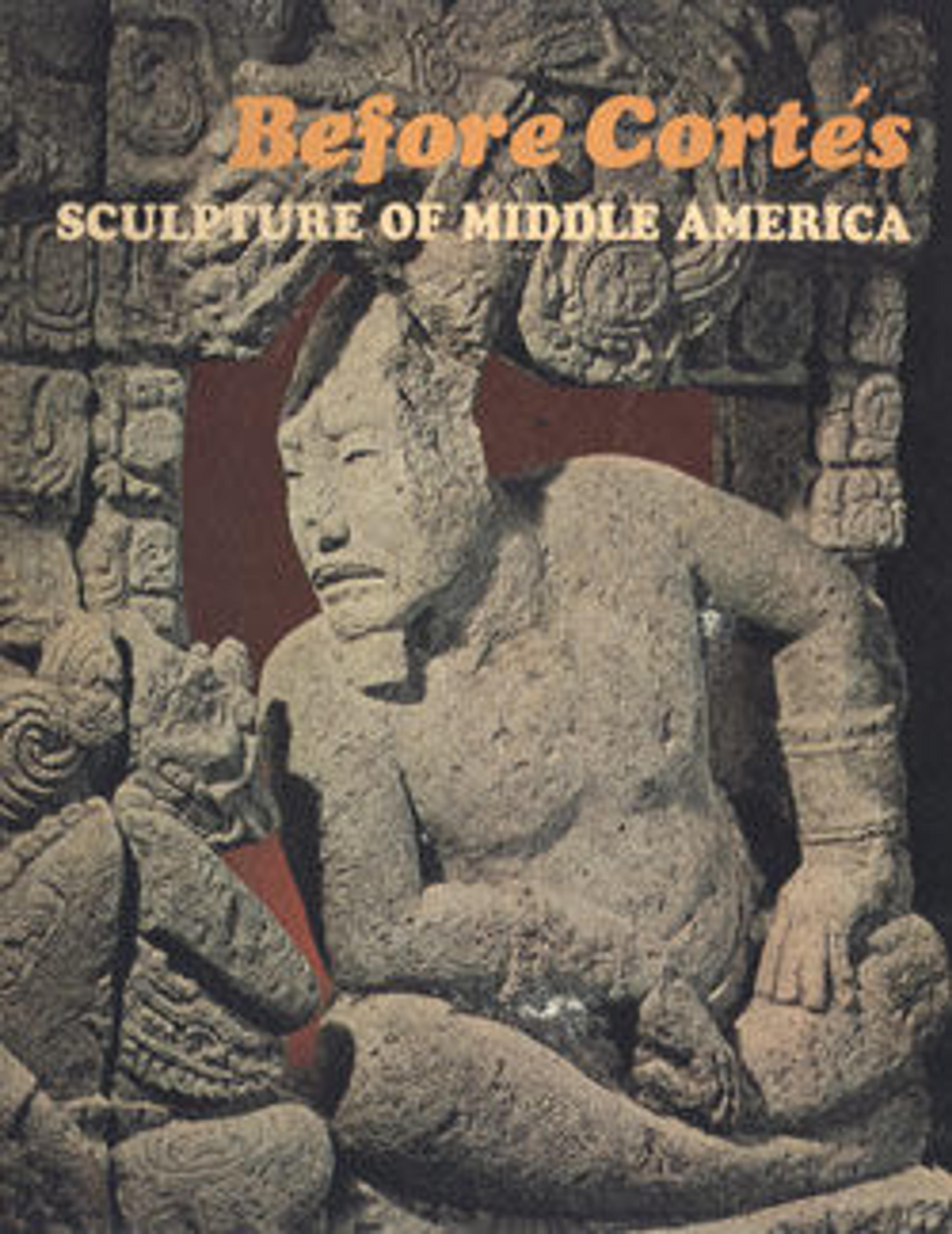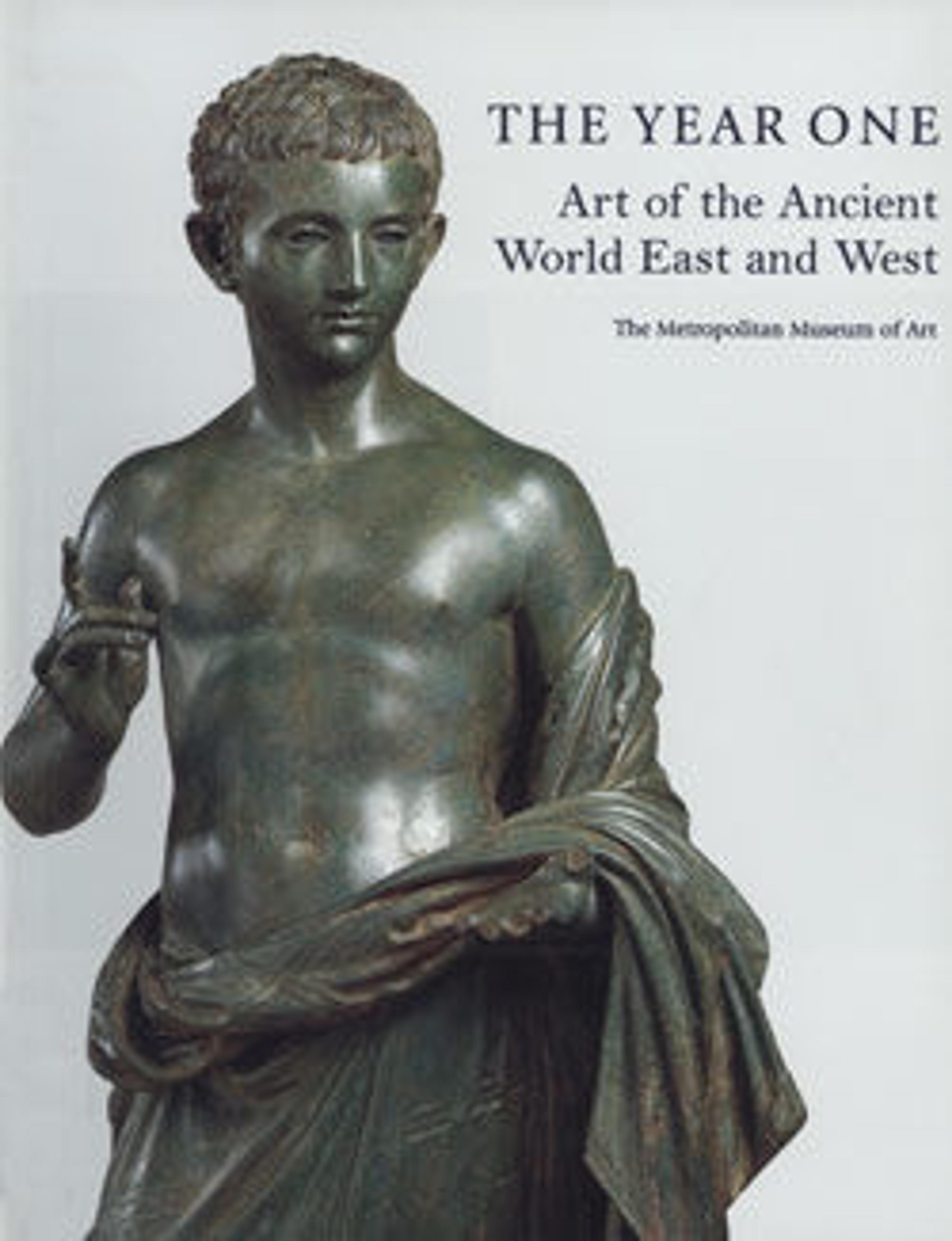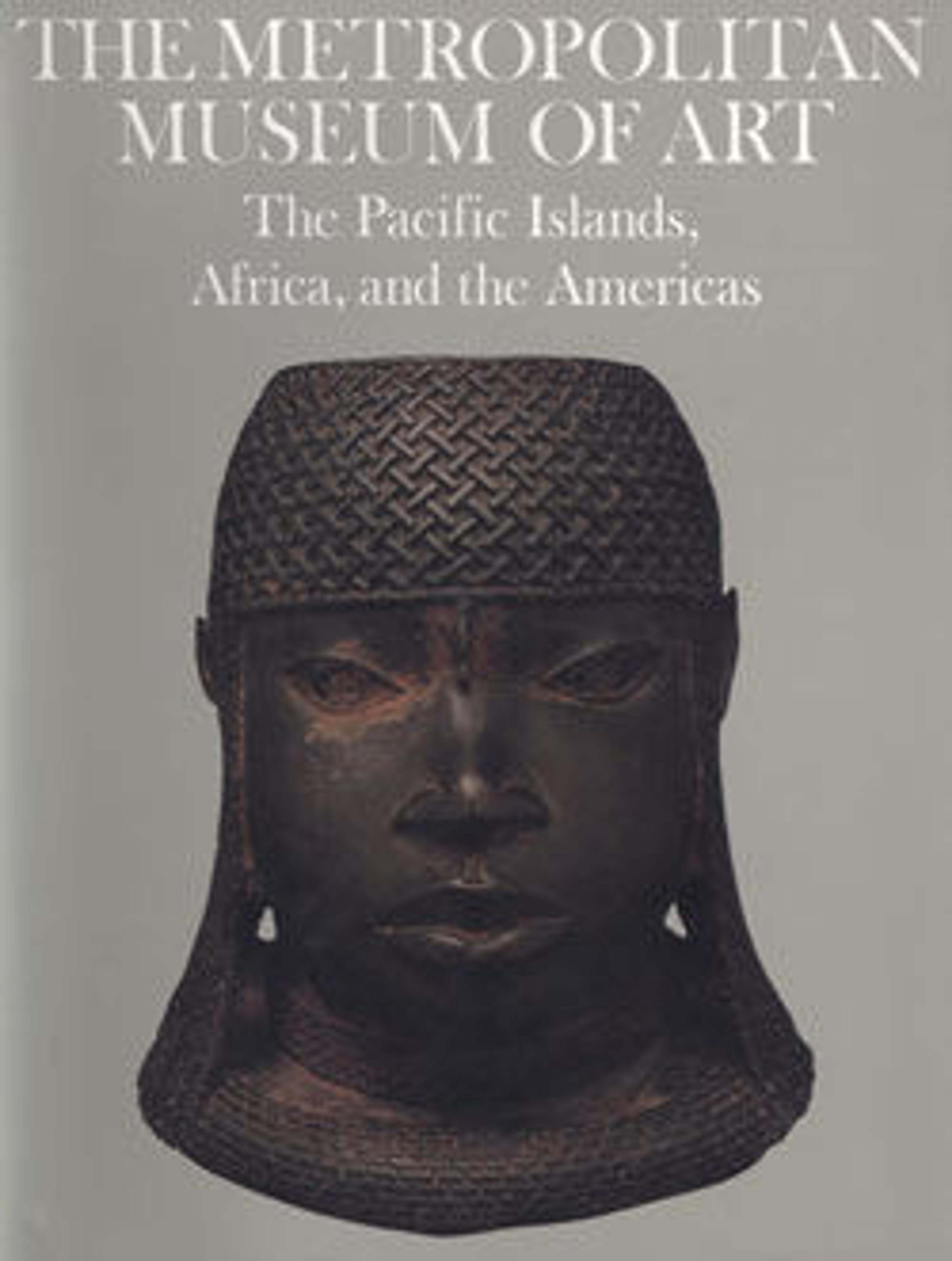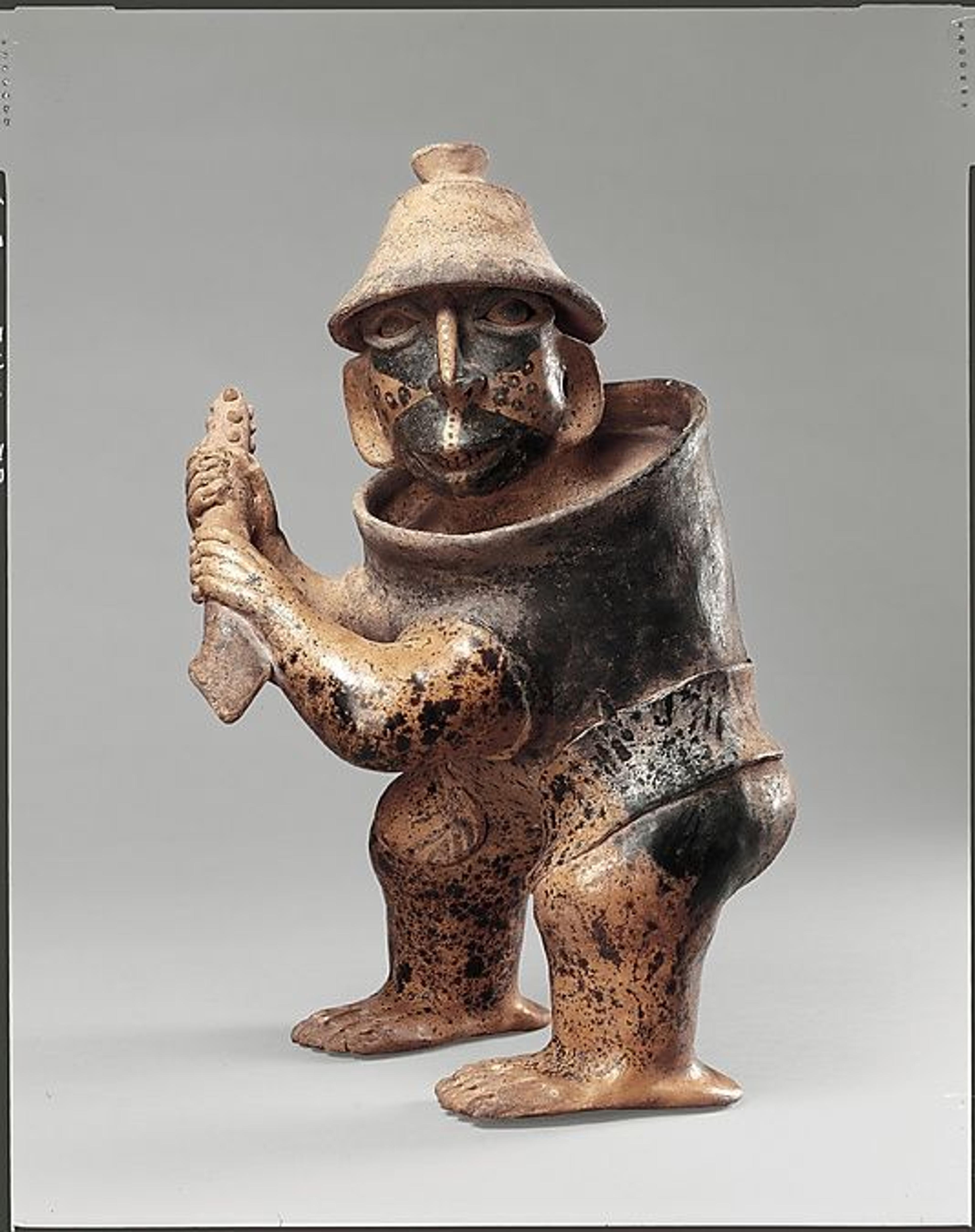
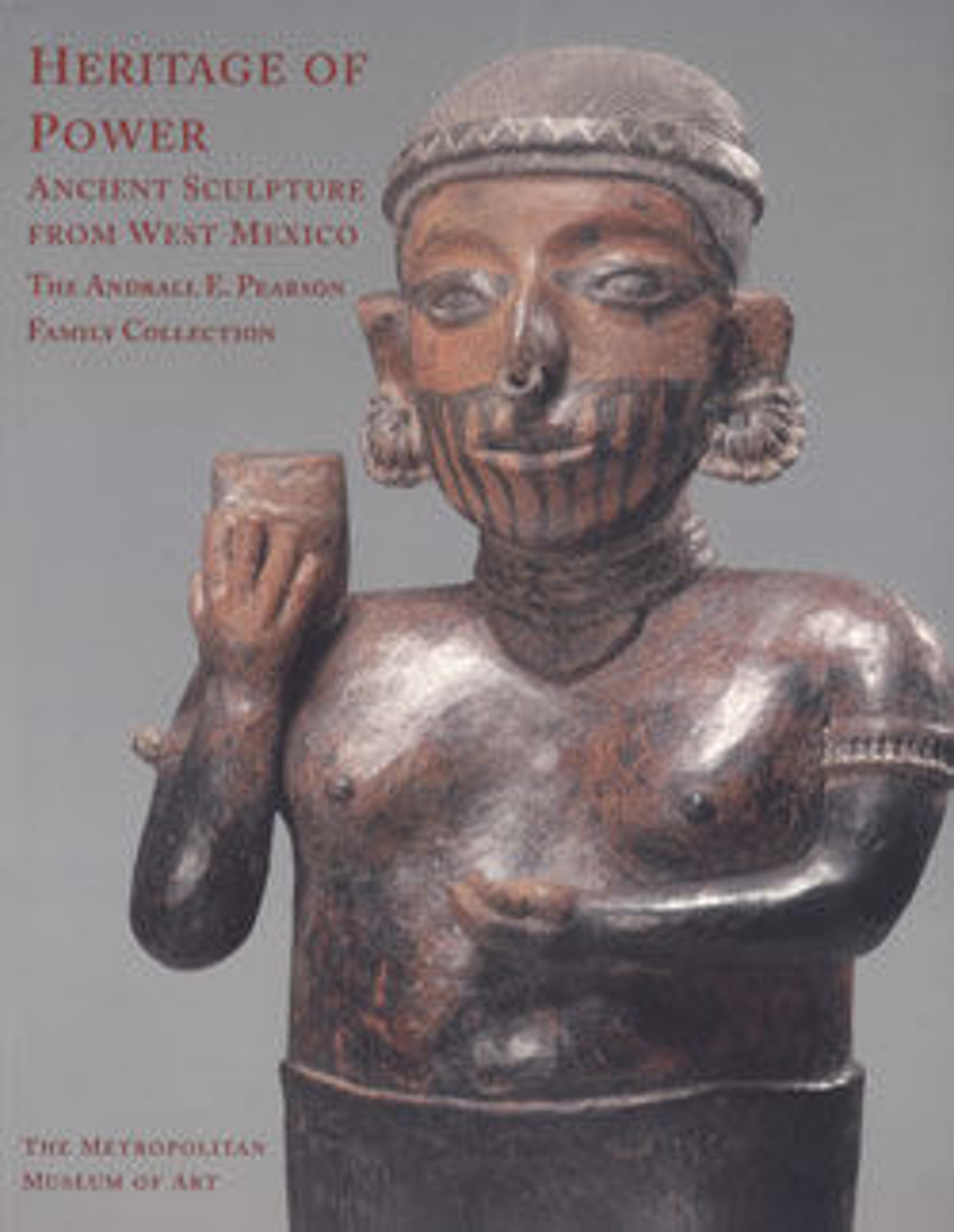
Heritage of Power: Ancient Sculpture from West Mexico, The Andrall E. Pearson Family Collection
In the centuries around the beginning of the Common Era, peoples in a western region of Mexico were living in small, economically successful communities in a land of abundant natural resources. Diverse environments, from low-lying marshlands to naturally terraced hillsides to rugged mountains of pine and oak forest, afforded many opportunities for well-being to the inhabitants of what are now the modern Mexican states of Colima, Jalisco, and Nayarit. In the seven-hundred-year period between 300 B.C. and A.D. 400, local hierarchies flourished, power was concentrated in increasingly fewer hands, and the wealthier members of the communities established family lineages that remained intact for many generations.
The compelling importance of place and family is reflected in the size, locations, and contents of the major tombs of that period; often situated near or under dwellings, these were deeply buried shaft-and-chamber tombs. One set of conjoined tombs, excavated in 1993 at the site of Huitzilapa in the Magdalena basin of northern Jalisco, held six personages, five of whom were close family relatives. Well over one hundred ceramic works accompanied the interred, together with conch-shell trumpets, tens of thousands of shell beads, and objects of jade, obsidian, and quartz, testifying to the family's wealth. Many of the ceramic objects were vessels and bowls for food and drink, but there were large, three-dimensional human figures as well, among them one depicting a ballplayer. The ancient Mexican game, played with rubber balls, had ritual as well as competitive significance, and ballplayer imagery is an important theme of these ceramics.
The focus of Heritage of Power: Ancient Sculpture from West Mexico, The Andrall E. Pearson Family Collection consists of over forty of these artistically appealing figures, which represent all three of the major styles—and sub-styles—that make up the body of West Mexican ceramic sculpture, named for the states of Colima, Jalisco, and Nayarit. Depictions of ballplayers and warriors are more common in Jalisco than elsewhere, while those of animals and birds, such as the well-known sleek dogs, originated chiefly in Colima; pairs of ancestral figures, thought to embody either shared lineage or re-affirmations of the continuity of a bloodline, occur in all of the various styles.
Met Art in Publication
You May Also Like
Press the down key to skip to the last item.
Citation
Butterwick, Kristi. 2004. Heritage of Power: Ancient Sculpture from West Mexico: The Andrall E. Pearson Family Collection. New York : New Haven : Yale University Press: Metropolitan Museum of Art.

